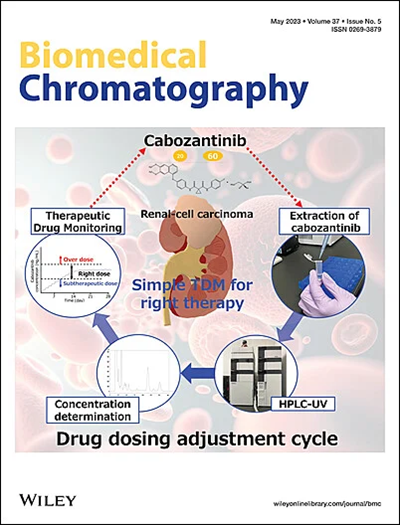Systematic Investigation of Metabolism and Potential Pharmacological Mechanism of Tanreqing Injection to Human Lower Respiratory Tract Infection Based on UPLC–Q–TOF–MSE and Network Pharmacology
Abstract
Tanreqing injection (TRQI), a well-known traditional Chinese medicine, has a marked curative effect on lower respiratory tract infections. A strategy using ultra-performance liquid chromatography coupled with quadrupole time-of-flight tandem mass spectrometry (UPLC–Q–TOF–MSE) for rapid identification of metabolites from TRQI was proposed by UNIFI informatics platform combined with multiple data processing techniques. Target prediction was then performed based on the original compounds in vivo, and a network between the active compounds and common targets was established using Cytoscape v3.9.0. As a result, 64 original compounds were characterized in TRQI, and 54 original compounds and 76 metabolites of TRQI were detected in human plasma and urine, two of which (M28 and M45) were novel metabolites. A novel metabolic pathway for lonicerin was identified. The compound-target-pathway network identified 22 target genes and 20 signaling pathways that were linked to these mechanisms. The key mechanism is related to the JAK-STAT signaling pathway and PI3K-Akt signaling pathway. The bioactive ingredients and mechanisms of action of TQRI against lower respiratory tract infections based on original compounds in vivo were explored through network pharmacology and molecular docking. This is the first study in which the mechanism of action of TRQI in humans has been clarified.

 求助内容:
求助内容: 应助结果提醒方式:
应助结果提醒方式:


